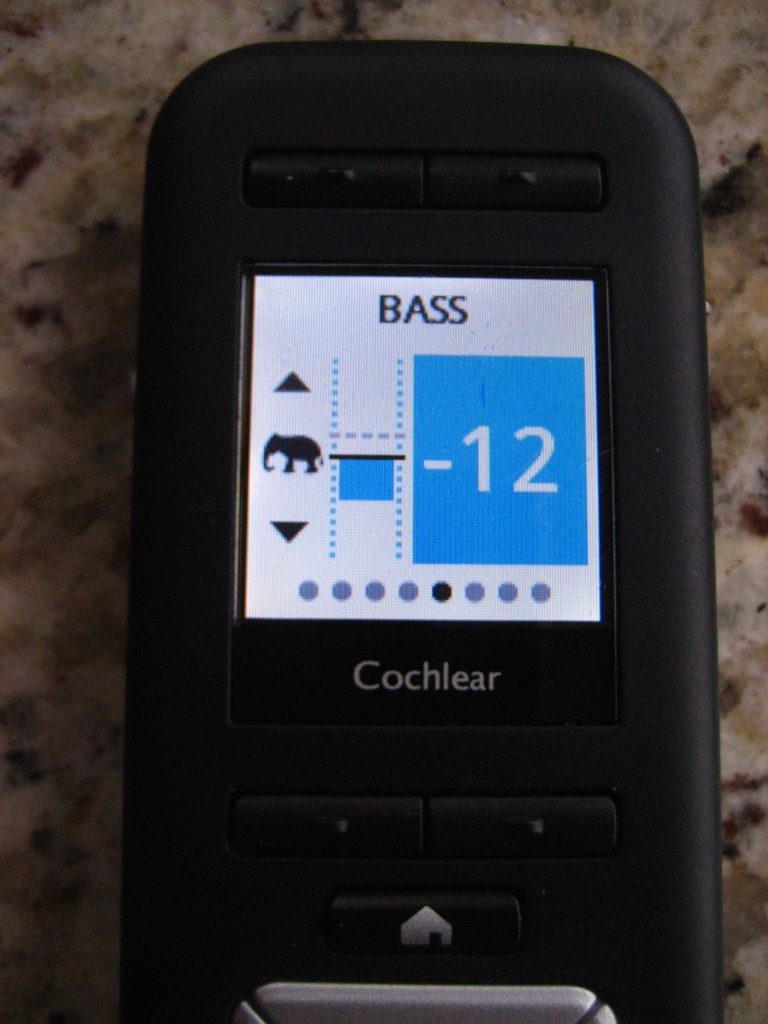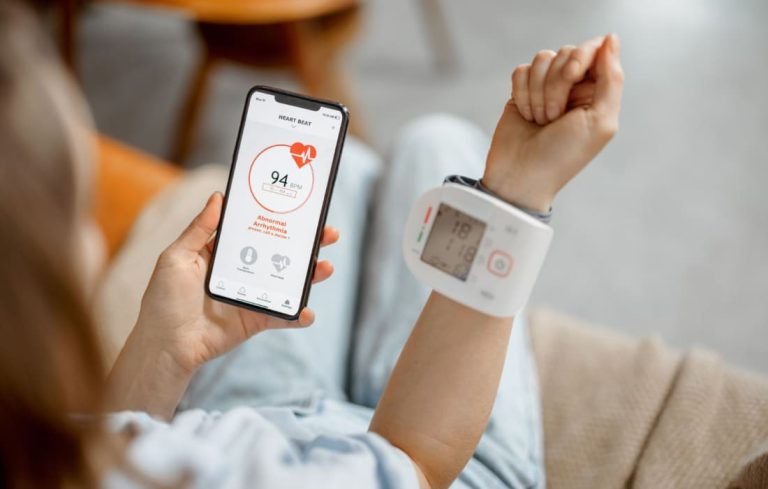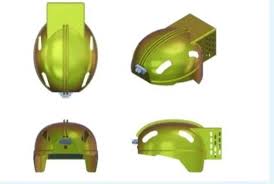King Abdullah Medical City (KAMC) in Makkah has pioneered the region’s first remote cochlear implant adjustment system, marking a significant breakthrough in tele-audiology. This innovative technology enables specialized audiologists to calibrate cochlear implant settings from a distance, reducing the need for in-person visits and accelerating patient care. In this article, we detail the technological framework, clinical advantages, and the potential impact on patient outcomes, further substantiated by current telemedicine literature and global guidelines.
Cochlear implants are critical for restoring hearing in individuals with severe auditory loss. Traditionally, post-implant care involves multiple visits to clinical facilities for device calibration and fine-tuning. However, recent advances in telemedicine are transforming this landscape. KAMC’s remote adjustment system for cochlear implants stands as the first of its kind in the Middle East and Africa. This initiative promises to overcome geographical barriers, improve service efficiency, and ultimately enhance patient quality of life. The implementation aligns with global trends in digital healthcare, as seen in recommendations by the World Health Organization (WHO) and recent studies published in telehealth journals .
Technological Framework
Remote Connectivity and Software Integration
At the heart of the new system is a sophisticated remote control software that facilitates real-time programming of cochlear implant devices. Key components include:
- Advanced Software Solutions: Custom-designed software interfaces allow remote audiologists to access and adjust implant parameters, ensuring optimal auditory stimulation.
- Secure Telecommunication Networks: High-speed, encrypted communication channels guarantee that patient data remains confidential during transmission. The system adheres to WHO-recommended security guidelines for telemedicine .
- User-Friendly Device Integration: The system seamlessly connects with the implant via standardized protocols, allowing both clinicians and patients to interact with the device through intuitive interfaces.
Clinical Implementation
The integration process is streamlined to ensure minimal disruption to existing patient care pathways. Patients initiate a remote session from a local facility or from home, and a remote audiologist guides the adjustment process in real time. This method not only accelerates the calibration process but also reduces the waiting time for necessary adjustments.
Clinical Benefits and Impact
Enhanced Access to Specialized Care
Remote adjustments provide a crucial advantage for patients in remote or underserved areas who would otherwise face significant travel burdens. This increased accessibility ensures that high-quality audiological care is available irrespective of geographical limits.
Timeliness and Precision of Adjustments
The ability to make real-time adjustments leads to faster fine-tuning of device settings. This prompt intervention can improve patient outcomes by maintaining optimal device performance, thereby enhancing the overall hearing experience.
Improved Patient Safety and Convenience
Fewer in-clinic visits reduce exposure to potential infections—a benefit that has become especially significant amid recent global health challenges. Additionally, remote adjustments offer greater convenience, allowing patients more control over their treatment schedules.
Discussion
Preliminary observations at KAMC indicate that remote cochlear implant adjustments have led to noticeable improvements in patient satisfaction and hearing quality. Similar studies from the Journal of Telemedicine and Telecare have demonstrated that remote monitoring and adjustment technologies can be just as effective as traditional face-to-face interactions in managing implant performance . This development not only exemplifies how telehealth can revolutionize post-surgical care but also sets a new standard for audiological practices in our region. Moreover, with ongoing advancements in digital connectivity and remote device management, the prospects for further innovations in tele-audiology appear promising.
Conclusion
The introduction of a remote cochlear implant adjustment system at KAMC represents a pivotal innovation in the field of tele-audiology. By enabling real-time, remote tuning of devices, this technology addresses critical challenges in patient access, timeliness of care, and overall treatment efficiency. As this model is refined and potentially adopted on a wider scale, it is poised to significantly transform the management of auditory impairments not only in the Middle East and Africa but also globally.
For more information, please contact King Abdullah Medical City (KAMC)









